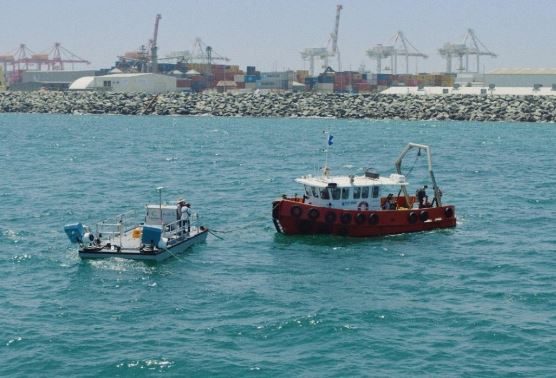Carnegie Clean Energy said its MoorPower module, which utilises wave energy to deliver onboard electricity generation, has been successfully deployed and is now operating at a test site in the waters off North Fremantle in Western Australia.
The MoorPower project works on the same principle as Carnegie’s ‘CETO’ technology which features submerged, buoy-like devices that rely on the movement of the waves to produce oscillating motion that is converted into grid-ready electricity.
The company said the MoorPower module leverages the core principles of this technology but works on the surface and at a smaller scale.
Carnegie Chief Executive Officer Jonathan Fievez said the deployment of the module is a significant milestone in the challenge of decarbonising offshore operations and reducing the reliance on diesel generators.
“It is an important step in bringing our technology to the world,” he said. “We have listened to the needs of industry operating in isolated offshore environments and adapted our unique CETO technology to their requirements.”
The deployment follows onshore testing and commissioning completed at Carnegie’s Fremantle base. That testing focused on reliability and allowed the project team to refine communications and control strategies.
Carnegie said the offshore trial will yield vital insights into the behaviour of the MoorPower system across various sea conditions with the results to play a crucial role in validating the modelling of the technology and performance simulations for future commercial projects.
The company also expects the learnings will be transferable to its existing projects in Europe.
“MoorPower is set to transform the way energy is harnessed offshore, with its initial target market being aquaculture barges and vessels that require electrical power while operating on offshore locations,” the company said.
This content is protected by copyright and may not be reused. If you want to cooperate with us and would like to reuse some of our content, please contact: editors@pv-magazine.com.









By submitting this form you agree to pv magazine using your data for the purposes of publishing your comment.
Your personal data will only be disclosed or otherwise transmitted to third parties for the purposes of spam filtering or if this is necessary for technical maintenance of the website. Any other transfer to third parties will not take place unless this is justified on the basis of applicable data protection regulations or if pv magazine is legally obliged to do so.
You may revoke this consent at any time with effect for the future, in which case your personal data will be deleted immediately. Otherwise, your data will be deleted if pv magazine has processed your request or the purpose of data storage is fulfilled.
Further information on data privacy can be found in our Data Protection Policy.